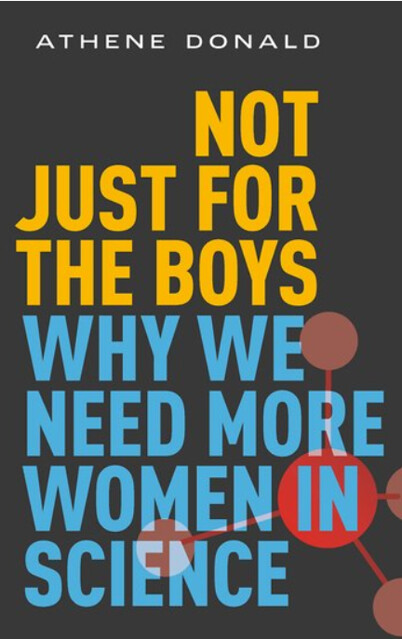Not infrequently I find myself having to give after dinner speeches in my College: to alumni as well as to different parts of the student body. The first time I had to talk to the Freshers, I suspect I was as nervous as they were, only in my case it was regarding my speech rather than worrying about which knife to use that preyed on my mind. I kept clear of most of the alcohol on offer that evening, as the idea of tripping over my words appalled me. After eight years, such speeches no longer seem so daunting, but I haven’t forgotten the nerves. It is all part of what seems to be a recurrent theme in my life, as in most people’s I would guess: doing something for the first time always has the potential to be nerve-wracking. I don’t think those of us of a mature age should be ashamed to admit it, or to remind the nervous young, that this is a feeling that can assail anyone at any stage of their lives. What changes with experience is that you may build up more confidence that, if things do go wrong, you’ll be able to pick yourself up without it wrecking everything for evermore.
For scientists, embarking on research, something similar applies. The first time one does research, it probably isn’t nerves so much as not knowing what one’s doing coupled with that same fear that things will go wrong. I recently came across a (quite old) commentary highlighting a not dissimilar problem: that of feeling stupid because research does not come easily, while assuming it does for everyone else. If one survives the first years of a PhD, and possibly a postdoc, then it gets to seem more natural that research is challenging and to realise that if the answers were obvious, you wouldn’t be doing the research anyhow. But that takes time, and many people feel that time could be better spent in some other sphere and consequently leave research completely.
This has all been brought back to me this week when I’ve been at a conference where an after-dinner speech from me was required. This was to a very different audience from undergraduates – one where wit rather more than exhortations to get enough sleep was required – and my nerves were reawoken, I think very obviously. I was once again moderate on the alcohol front as a result. It all seemed to go OK (no one laughed in the wrong place at least), and I hope when I have to do a repeat performance next year (in my capacity as chair of the organising committee), I will have a little more confidence. We shall see. I don’t think it should be as hard next time, or at least I hope that will be the case.
However, I am conscious that any compliments I am paid this year on the back of my words will have been erased from my memory by next. An article I read last weekend expressed this very clearly, albeit in the context of stress of a different kind – jumping out of an aeroplane.
“There is a great metaphor for this which borrows from the material technology of Teflon and Velcro. Most of us have minds like Velcro for the negative aspects of stress, which stick with us long after high-pressure events. In contrast, our minds are like Teflon for the positive aspects, which can slip away all too quickly.”
You don’t have to be a materials scientist to recognize what is meant. Switch the words ‘negative aspects of stress’ for ‘criticism’ and ‘positive’ for compliments and the message is clear: any words of criticism, from referee 3 or over Twitter or wherever they emanate from, will stay lingering unhelpfully in the mind for months if not years. The upbeat compliment that gave 30 seconds of pleasure and a sense of well-being will, as often as not, evaporate in a trice. Certainly, that is how my mind works, something my mother used to bring to my attention right back in my teenage years. Age has not transformed that propensity.
I think – just like discussing impostor syndrome – an old hand like me should point out to the rising stars the reality that life will continue to throw up challenges that are unnerving; that many of us are not so arrogant to believe we are always on top of our game (although unfortunately perhaps too many academics are, victims of the Dunning-Kruger effect, in which people greatly overestimate their own knowledge or competence). And that any new challenge may provoke anxiety, however much one may be up to the job required. However, it clearly also behoves those of a nervous disposition to keep hold of that Velcro/Teflon analogy, so that the positive words of referee 1 at least do something to compensate for referee 3’s vitriol: whether or not the paper is ultimately accepted, at least someone found something good to say. There will always be people out there trying to score points or salvage their own ego by deflating someone else’s. Sometimes their words may be unkind but their conclusions correct, and sometimes they’re just plain wrong.
However, no one ever said research was easy – or indeed giving an after-dinner speech (I cannot comment on jumping out of an aeroplane, but it doesn’t sound like my idea of fun). It is good to push oneself, and to learn from criticism, but not to the extent of letting it eat you up inside, even when there are plaudits as well as Velcro-inducing negativity tossed in your direction.


